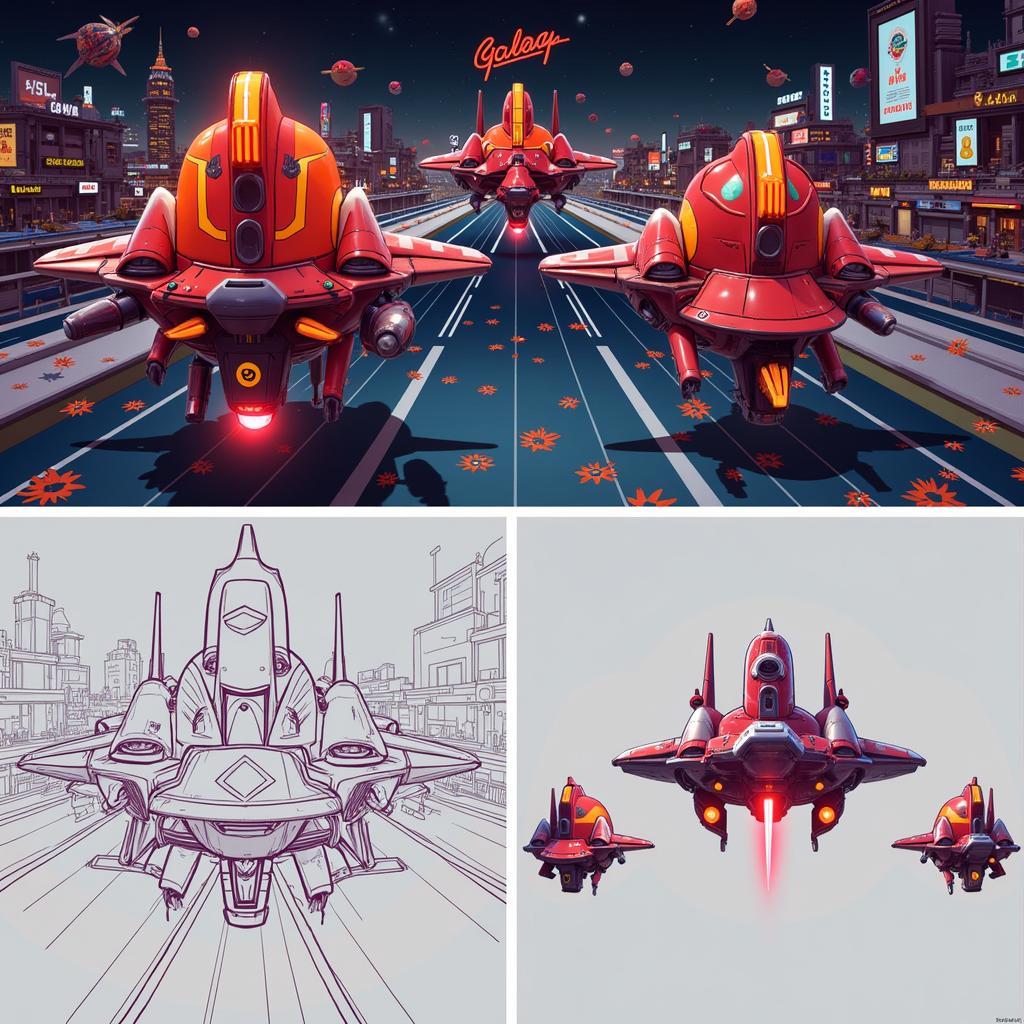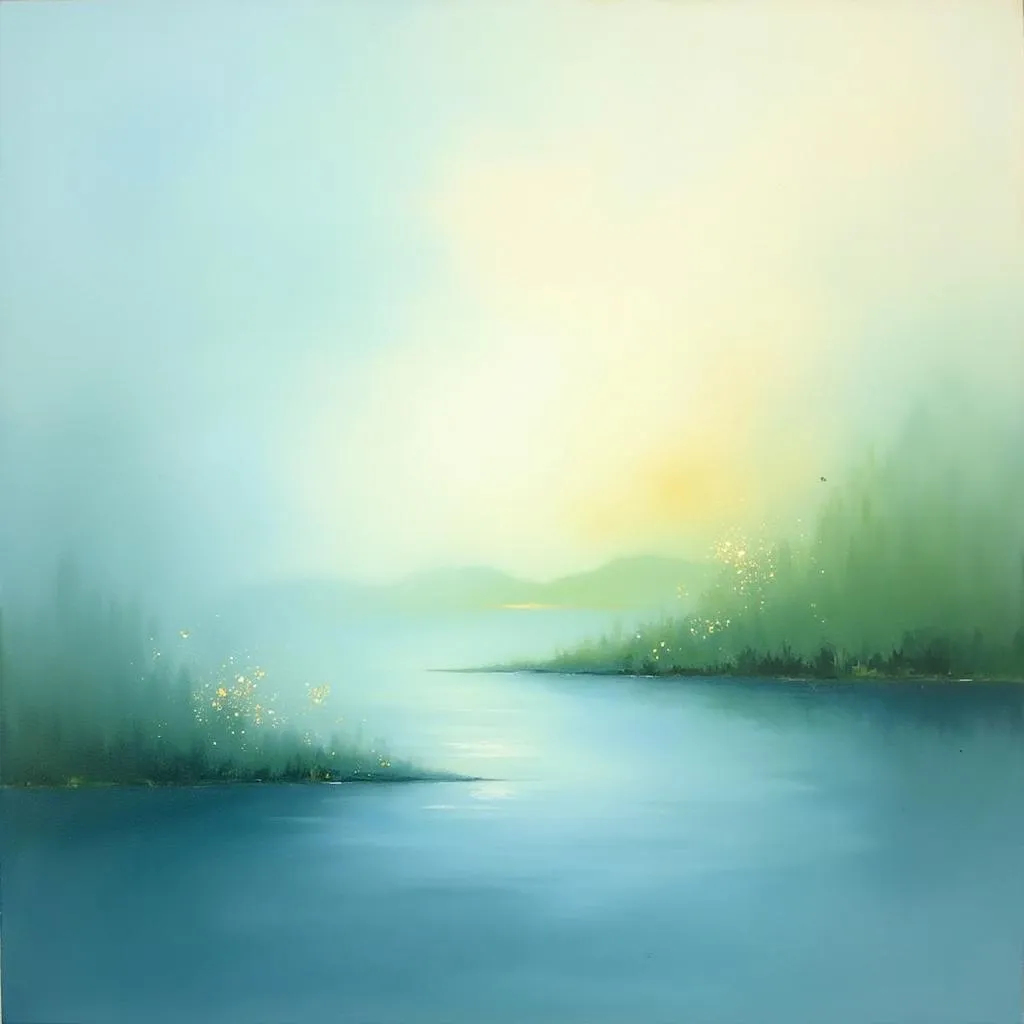Exploring the Pixelated Universe of Galaga Art
Galaga Art, with its distinctive pixelated charm, holds a special place in the hearts of retro gaming enthusiasts. From the iconic pixel art of the alien invaders to the vibrant explosions and starfields, Galaga’s visuals have become a symbol of the golden age of arcade gaming. This article delves into the fascinating world of Galaga art, exploring its origins, evolution, and enduring appeal.
The Genesis of Galaga’s Pixelated Aesthetic
Galaga’s visual style is a product of its time. Developed in the early 1980s, Galaga, like many arcade games of the era, relied on raster graphics. This technique involved creating images using a grid of pixels, each assigned a specific color. The limited color palette and low resolution of early arcade hardware presented a unique challenge for artists, requiring them to be incredibly resourceful and creative. They had to evoke complex shapes and movements with a minimal number of pixels, resulting in a distinct aesthetic that is both nostalgic and instantly recognizable.
What made Galaga’s pixel art so compelling? It’s the way the artists managed to convey movement and character with such limited resources. The swooping dive of the enemy insects, the dramatic explosion animations, and even the subtle flicker of the stars in the background, all contribute to the game’s immersive experience.
From Arcade Cabinets to Modern Reinterpretations: The Evolution of Galaga Art
While the original Galaga’s pixel art holds a timeless appeal, the game’s visual style has also evolved over the years. From updated versions released on consoles like the NES and SNES to contemporary fan art and reinterpretations, Galaga’s aesthetic continues to inspire. Modern artists often pay homage to the game’s retro roots while incorporating new techniques and technologies. We see Galaga-inspired artwork in everything from pixel art animations to high-resolution 3D models, demonstrating the enduring influence of this classic game. The core elements – the iconic insect designs, the vibrant color palettes, and the sense of dynamic movement – remain recognizable, even as they are reimagined in new contexts.
What’s particularly interesting is how Galaga art has transcended the gaming world. It has become a cultural icon, appearing on clothing, accessories, and even in fine art. This speaks to the power of its simple yet effective visual language.
 Galaga Inspired Modern Art Rendition
Galaga Inspired Modern Art Rendition
Galaga Art: More Than Just Pixels – The Impact and Legacy
Why does Galaga art continue to resonate with us today? It’s more than just nostalgia. Galaga art represents a period of innovation and creativity in video game design. It reminds us of a time when limitations fostered ingenious solutions, resulting in visually striking and memorable experiences. The simplicity of pixel art allows us to appreciate the skill and artistry involved in creating something beautiful and engaging within strict technical constraints.
The legacy of Galaga art extends beyond the game itself. It has influenced countless other games, artists, and designers, shaping the visual landscape of the gaming world and beyond. From the resurgence of pixel art in indie games to the use of retro-inspired visuals in modern media, Galaga’s impact can still be felt today.
 Galaga Arcade Cabinet Retro Gaming
Galaga Arcade Cabinet Retro Gaming
Conclusion
Galaga art, with its iconic pixelated designs and vibrant colors, has cemented its place in video game history. From its humble beginnings in the arcades to its modern reinterpretations, Galaga art continues to inspire and captivate. The enduring appeal of Galaga’s visual style speaks to the power of creativity within constraints, reminding us that even with limited resources, it’s possible to create something truly memorable. Explore the vibrant world of Galaga art and rediscover the magic of retro gaming.
FAQ
- What is the significance of Galaga art in video game history?
- How has Galaga art evolved over time?
- Where can I find examples of modern Galaga-inspired art?
- What are some key characteristics of Galaga’s visual style?
- How did technical limitations influence the development of Galaga art?
- Why is Galaga art still relevant today?
- What is the impact of Galaga art on modern design and culture?
For any support, please contact us at Phone Number: 02462573573, Email: [email protected] Or visit us at: Savico Megamall, 7-9 Đ. Nguyễn Văn Linh, Gia Thụy, Long Biên, Hà Nội 10000, Việt Nam. We have a 24/7 customer support team.




